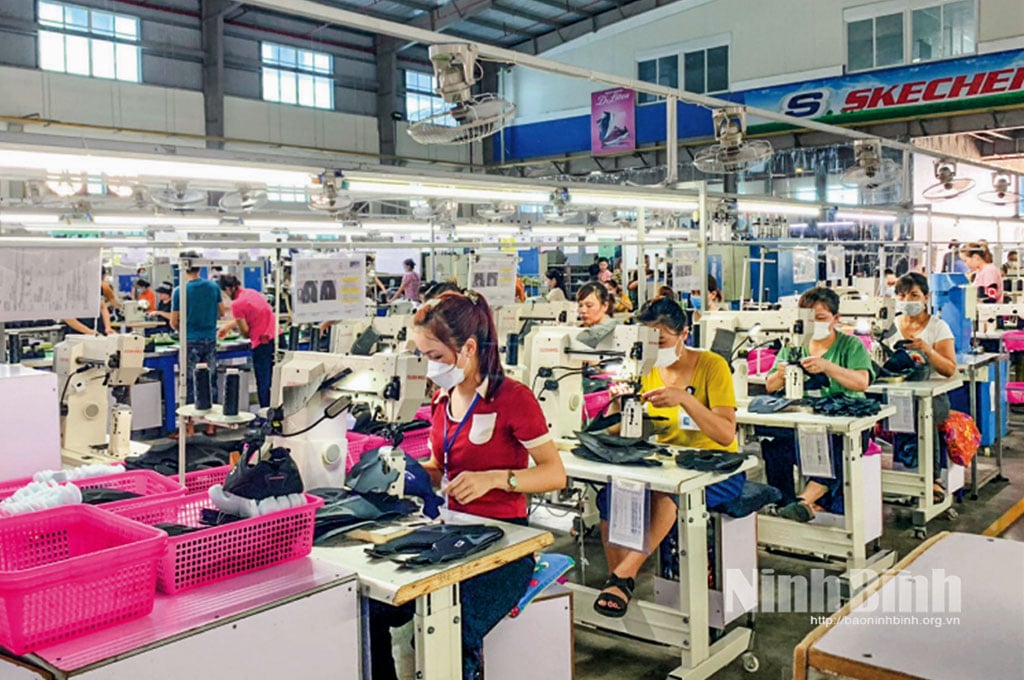
Current picture of industrial clusters
From 2016 to 2024, the industrial sector in the Ha Nam, Nam Dinh and Ninh Binh regions achieved an average growth rate of 13.25% per year, far exceeding the overall growth rate of the entire regional economy of 8.75% per year. By 2024, the industrial sector accounted for 39.2% of the GRDP structure, higher than the service sector (32.5%) and if the construction sector was included, the proportion reached 47.9% of GRDP. This figure shows the key role of industry in the regional economy, and at the same time poses an urgent need to reorganize production space to suit the trend of green, circular and regionally connected growth.
Along with that development is the increasingly expanding system of industrial clusters, which are systematically planned for each locality. In the planning period of 2021-2030, with a vision to 2050, the total number of industrial clusters planned in the entire consolidated area is 115 clusters, with a total area of over 5,400 hectares. Specifically, Ha Nam province (old) planned 21 industrial clusters with an area of about 1,035 hectares. By the end of 2024, this locality had established 19 clusters, of which 14 clusters had come into operation, achieving an average occupancy rate of up to 98%, creating jobs for 12,325 workers. However, only 3 industrial clusters in the area have invested in centralized wastewater treatment systems, of which 2 industrial clusters meet environmental standards.
Nam Dinh (old) is the province with the largest planning scale among the three localities with 70 industrial clusters, total area of 3,178.5 hectares. Up to now, the province has established 36 industrial clusters, of which 20 clusters have come into operation, attracting 545 investment projects and creating jobs for more than 20,900 workers. It is noteworthy that 5 industrial clusters in Nam Dinh have invested in centralized wastewater treatment plants, of which 3 stations have been operating stably, contributing to improving environmental protection efficiency.
Regarding Ninh Binh (old), the province plans 24 industrial clusters with a total area of 1,253.7 hectares. By the end of 2024, 17 clusters had been established and 13 clusters were in operation. With 362 investment projects under implementation, these industrial clusters have created jobs for over 30,000 workers. Notably, 8 industrial clusters have invested in centralized wastewater treatment systems, of which 5 industrial clusters have met the standards according to current regulations.
In total, after the merger, Ninh Binh province has 47 industrial clusters in operation with a relatively even level of development among the constituent localities. The positive point is that some localities have invested in centralized wastewater treatment systems that meet standards (Nam Dinh has 3 industrial clusters; Ninh Binh has 5 industrial clusters). The industrial cluster system is increasingly asserting its role as an important link in the development chain, especially in localities with advantages in terms of geographical location, labor and production traditions.
However, in addition to the achieved results, many industrial clusters are still facing difficulties in infrastructure investment progress, especially the unsynchronized environmental treatment system, and the lack of clusters according to specific industries or value chains. On the other hand, in many rural and suburban areas, the craft village production model is still scattered, with potential risks of pollution and inefficiency in exploiting land resources. In addition, the structure of production industries is not clearly oriented according to value chains or regional linkages, leading to fragmented and unsustainable exploitation of potential.
The merger of 3 provinces opens up a golden opportunity to integrate planning and systematically review the development space of inter-regional industrial parks. This helps connect the industrial park system to become effective satellites for large industrial parks such as Dong Van, Bao Minh, Khanh Phu, Gian Khau... which are attracting strategic projects for the development of the industry in the province.
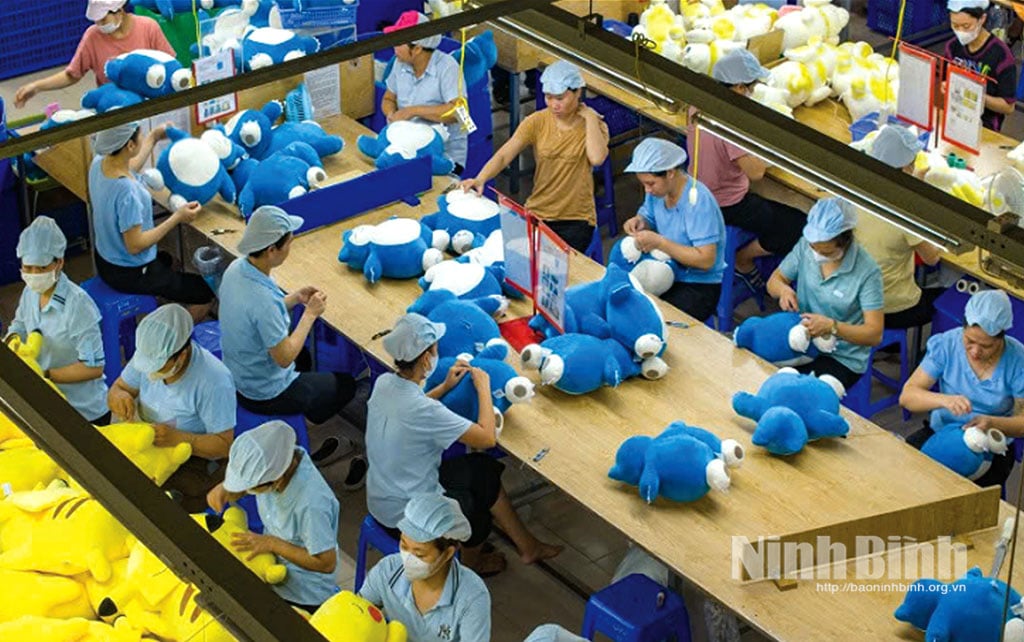
Towards green, smart and unique industrial clusters
Ms. Nguyen Thi Hoa, Head of Industrial Cluster Development Department, Department of Innovation, Green Transformation and Industrial Promotion, Ministry of Industry and Trade said: Orientation to 2030, vision to 2050, the consolidated regional industry determines to develop industrial clusters according to 4 main models: specialized industrial clusters according to value chains, ecological and high-tech industrial clusters, ecological craft village industrial clusters and mixed industrial clusters associated with urban areas, agriculture and services.
Accordingly, the representative of the Department of Innovation, Green Transformation and Industrial Promotion also suggested that in the period of 2025-2030, the province will pilot 1-2 specialized industrial clusters in central areas, with priority given to the mechanical, assembly, textile, supporting, logistics and agricultural and aquatic product processing industries. These industrial clusters not only increase intra-regional value but also help large industrial parks focus on key products and improve competitiveness. At the same time, localities need to focus on forming ecological and high-tech industrial clusters to promote a circular production model with wastewater treatment technology, renewable energy, green logistics, etc.
Comrade Vu Van Hung, Director of the Center for Industrial Promotion, Trade Promotion and Industrial Cluster Development, Department of Industry and Trade, said: Ninh Binh province has determined that industry continues to be the main driving force to promote rapid economic development in a modern direction, based on advanced science and technology, prioritizing clean, sustainable and environmentally friendly industry. Therefore, a direction rich in identity and potential for livelihood development is the model of ecological craft village industrial clusters.
Mr. Hung said: “Instead of having scattered production facilities in craft villages, this model will centralize, creating a value chain from production, processing, display, tourism, while applying clean technologies such as water circulation, energy saving, thereby protecting the environment, preserving culture and creating sustainable livelihoods for local people”. These new models all aim to realize the goal of turning industrial parks into multifunctional production spaces, supporting large-scale industry, while ensuring dual goals: rapid and sustainable development, green growth and digital transformation.
To realize the above orientations, it is necessary to have synchronous participation from institutions to infrastructure and capacity of investors. First of all, the two-level local authorities after the merger need to urgently review and integrate the inter-provincial industrial park development planning to ensure effective land use, linked to the national sustainable development strategy and adaptation to climate change.
In addition, reforming administrative procedures, shifting from pre-inspection to post-inspection, and selective investment incentives are the keys to attracting truly capable infrastructure enterprises. At the same time, it is necessary to have policies to support secondary enterprises, which account for a large proportion of industrial clusters in terms of capital, technology, and production environment, to encourage investment in industries that use high technology, are clean, consume little energy, and have high added value.
Looking to the future, green and smart industrial parks will no longer be mere production spaces, but regional connectivity centers, ecological buffer zones for large industries and sustainable development drivers for the new Ninh Binh province, a growth pole in the South of the Red River Delta that is reaching out on the journey of integration and transformation.
Source: https://baoninhbinh.org.vn/phat-trien-cum-cong-nghiep-xanh-thong-minh-ve-tinh-chien-473719.htm




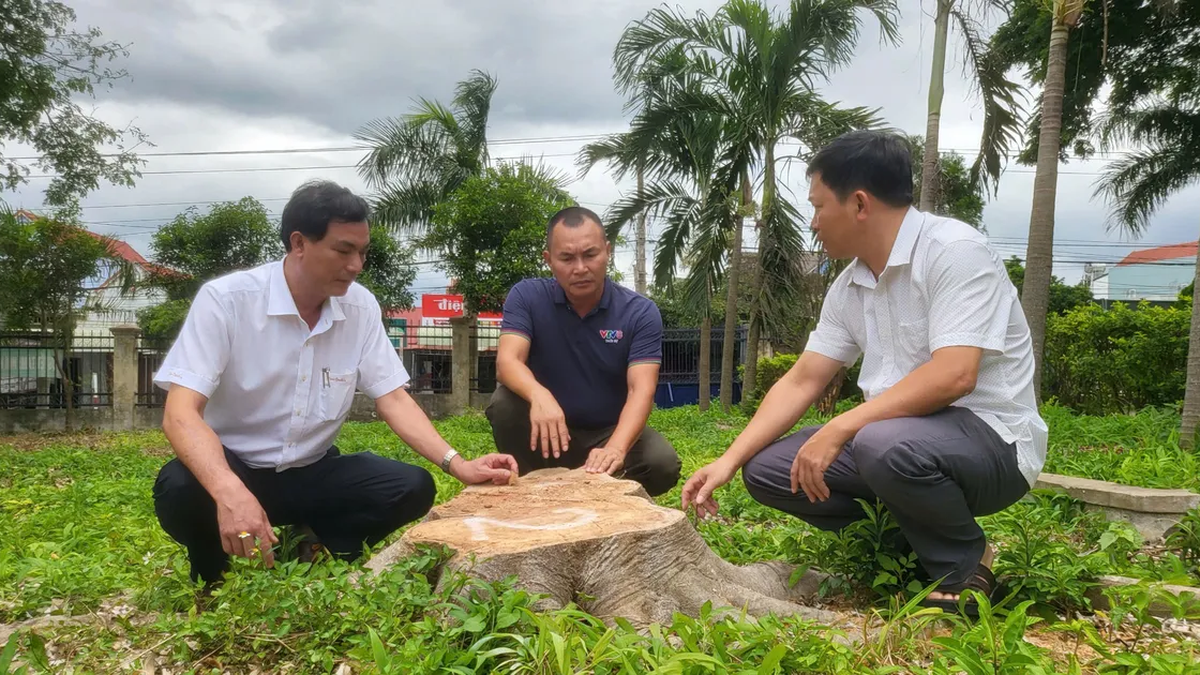

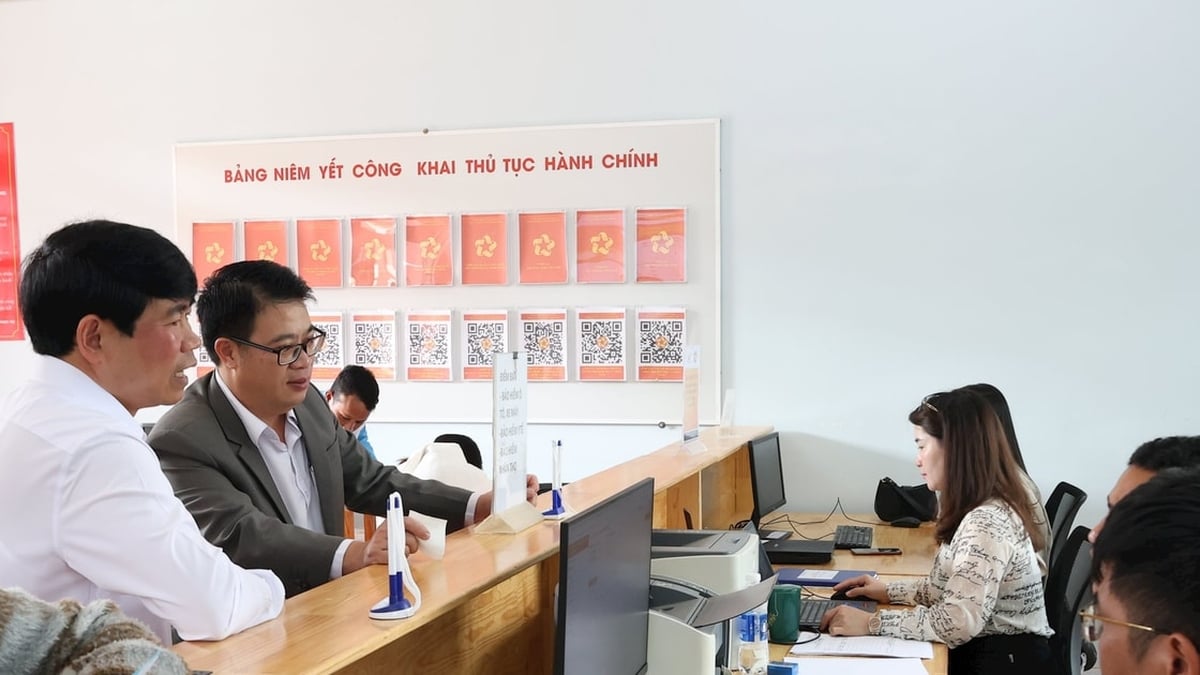

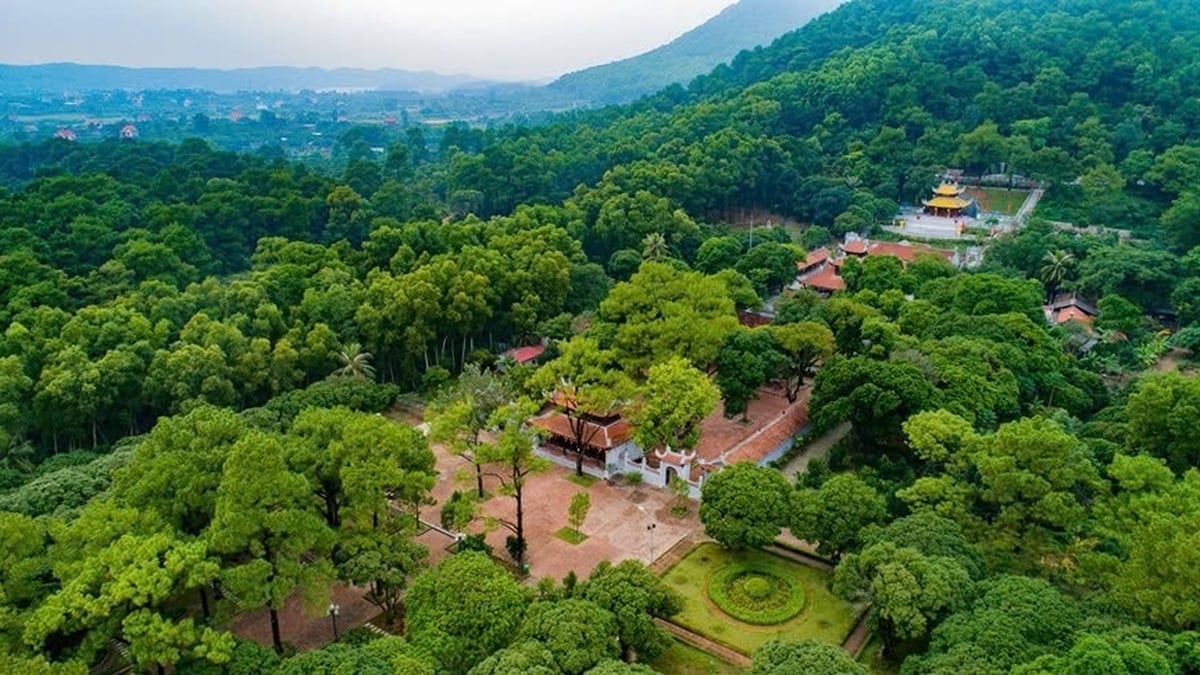
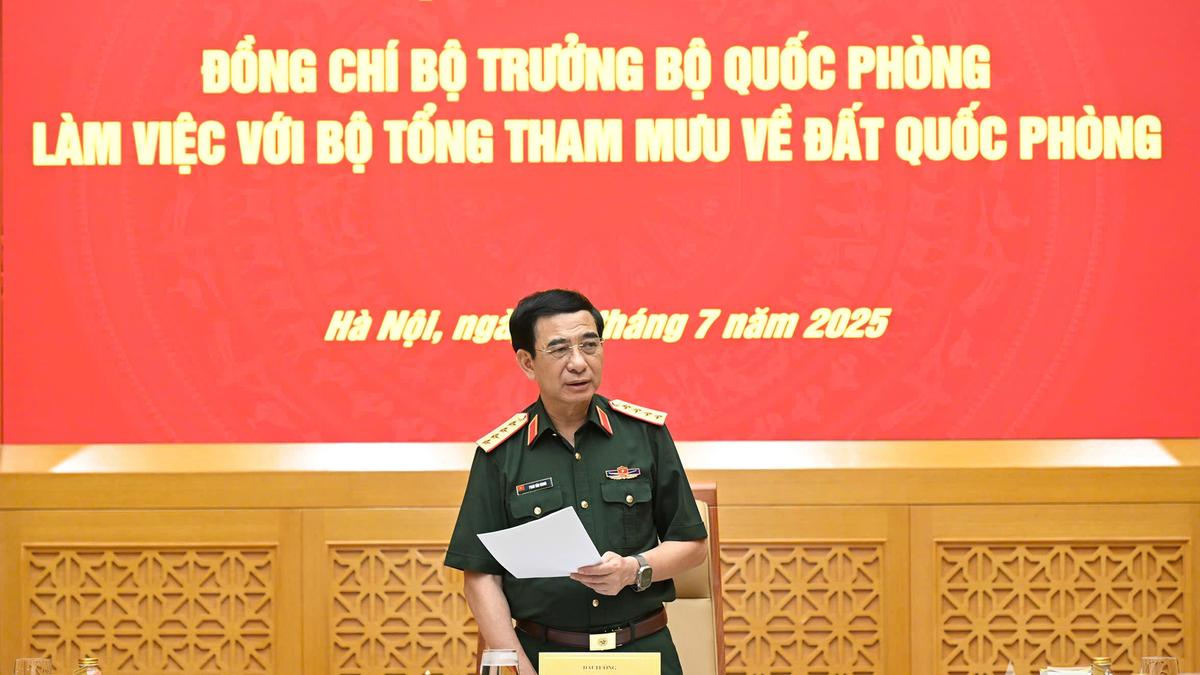

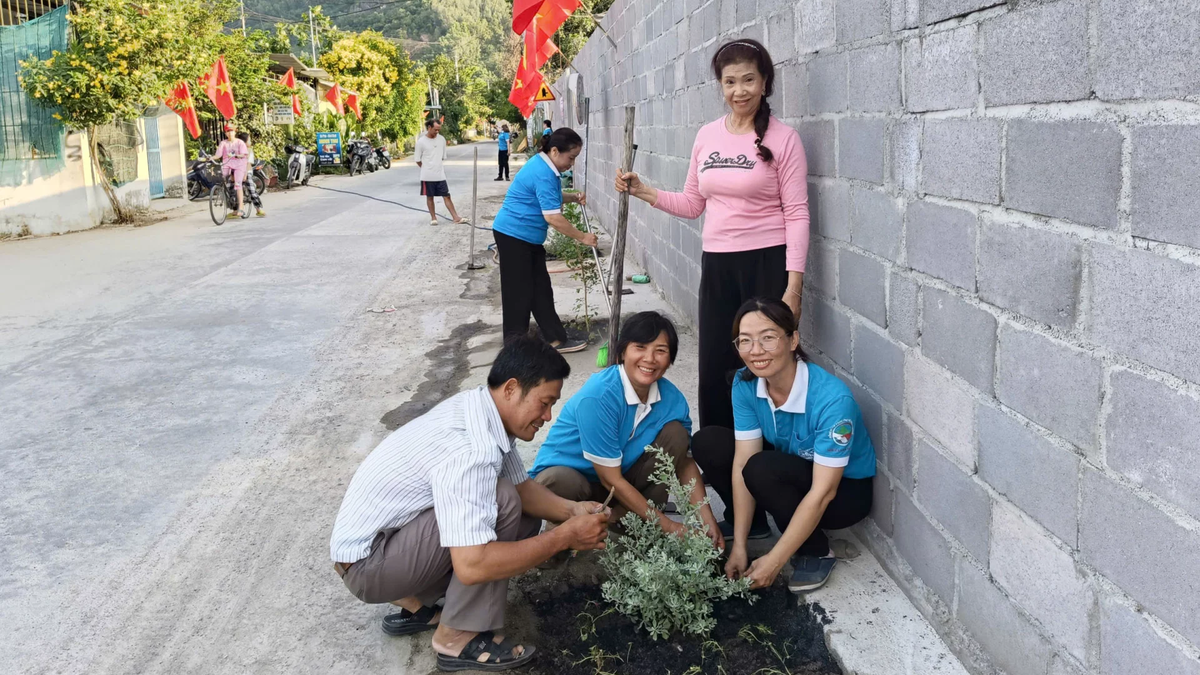







































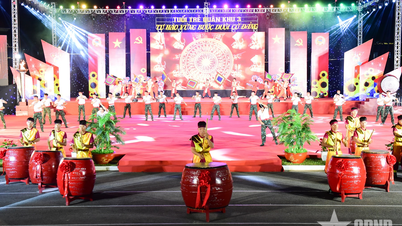





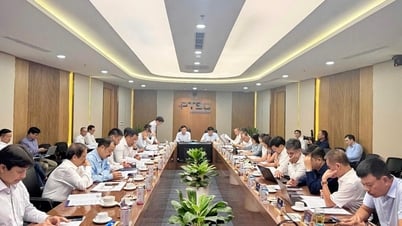





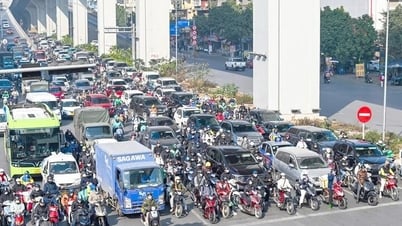






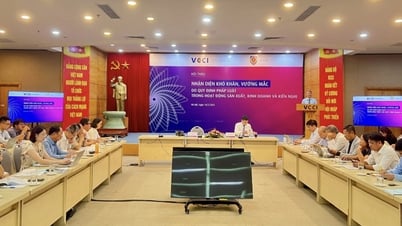

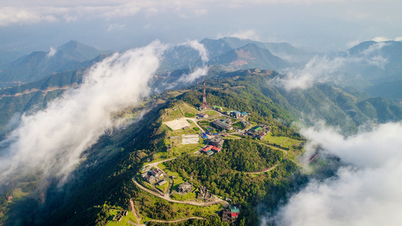






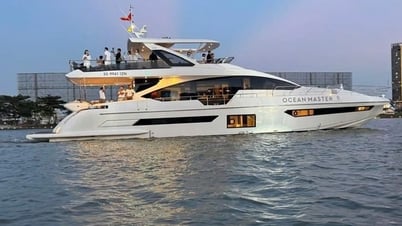









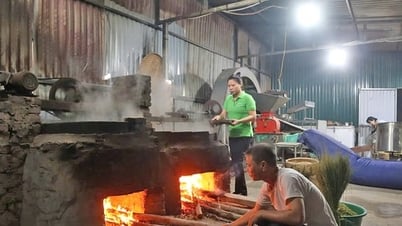














Comment (0)